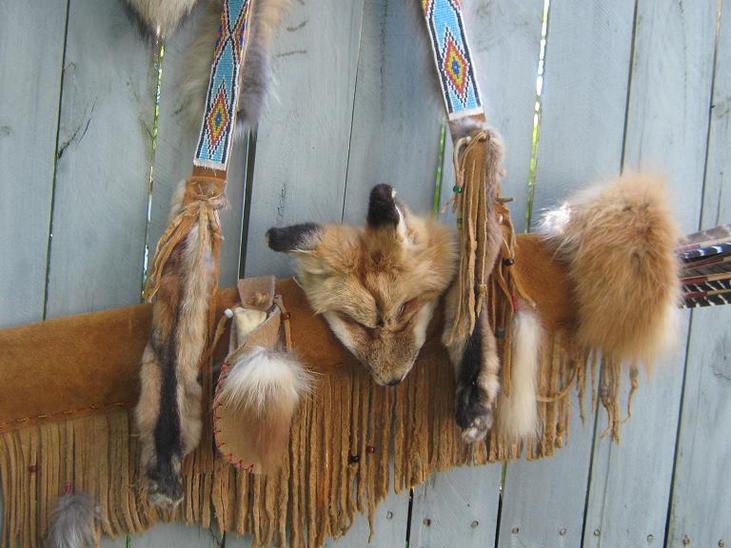

This can be interpreted as ambivalence in a particular situation. The tail swish is usually a slower side-to-side motion often seen when a cat is about to pounce or concentrating on something. But when she twitches the end of her tail when you bring out the feather toy, she is enjoying the game. For example, if a cat is twitching the tip of its tail while watching another cat walk through the yard outside, she is annoyed. It is, therefore, best to interpret the tail twitch in the given situation a cat finds itself in. It can be a sign of playfulness or annoyance. This is often seen when cats are either slightly irritated or frustrated by something or similarly when cats are fascinated by something. The tail tip twitch is a quick back and forth flick of the tip of the tail. They likely have many other ways they express their affection towards you. So don’t worry too much if your Sphynx does not do the tail quiver. Not all Sphynx cats will express this behavior as temperament differs between cats. Since Sphynx cats are rated the most affectionate cat breed, it is not surprising that the happy tail quiver is a typical Sphynx behavior reserved for their favorite humans (or favorite food).

Although not a sphynx in the video, this behavior is common for Sphynx cats. See the video below for an example of this type of behavior. Similar to what male cats will do when urine spraying, however, the happy tail quiver is not associated with urine spraying (thankfully!). The tail is usually held straight up in the air with a ‘vibrating’ motion near the base of the tail. Some Sphynxes will routinely do this when greeting their owner or at meal times. This behavior is typical in sphynx cats when they are extremely happy or excited. This is a universal cat behavior and is even seen in the cubs and juveniles of wild big cats such as lions and tigers (the adults will do this less readily due to the sheer length of their tails).ĭid you know that a tom cat’s tail is on average 1 inch longer than a queen’s? 2. Cats will often keep their tails straight up when happily greeting someone familiar. Nothing warms my heart more than coming home to see my kitties running toward me with tails in the air. In this article, we will focus on the tail gestures that resemble a wagging tail in Sphynxes.Įven though Sphynxes cannot puff their tails, as seen in the first and last pictures in this diagram, cats will often pull their ears back (point backward or pull flat against their head) to convey negative emotions such as fear or anger.
CAT TAIL QUIVER HOW TO
Whoever said that cats don’t speak just never learned how to interpret the language of a cat’s tail!īelow is a handy diagram showing the general meaning of different tail gestures in cats for your reference. What A Sphynx’s Tail Wants To Tell YouĪ cat’s tail can tell you a lot about her mood, intentions, and what she is thinking. This is because sphynxes have higher calorie requirements and are more vulnerable to the elements than their furry feline counterparts. Some animal ethologists believe that Sphynx cats are so affectionate because they rely entirely on humans for food and shelter. Some people even say that sphynx cats’ personalities are more similar to a dog than a cat. Some people think they are unattractive, and some are fascinated by their regal looks. Cats also twitch their tail from side to side when playful or intrigued. Sphynx cats will quiver their tails when excited or very happy, which may resemble a wagging tail, similar to a happy dog wagging its tail. So could it be true that they wag their tails as a loving gesture to their owners? Sphynxes have been ranked as the most affectionate cat breed in a 2012 study published in the Journal of Veterinary Behavior.


 0 kommentar(er)
0 kommentar(er)
